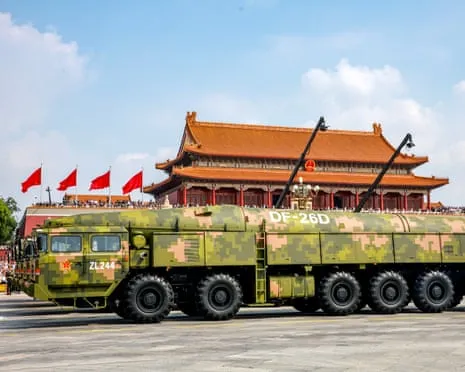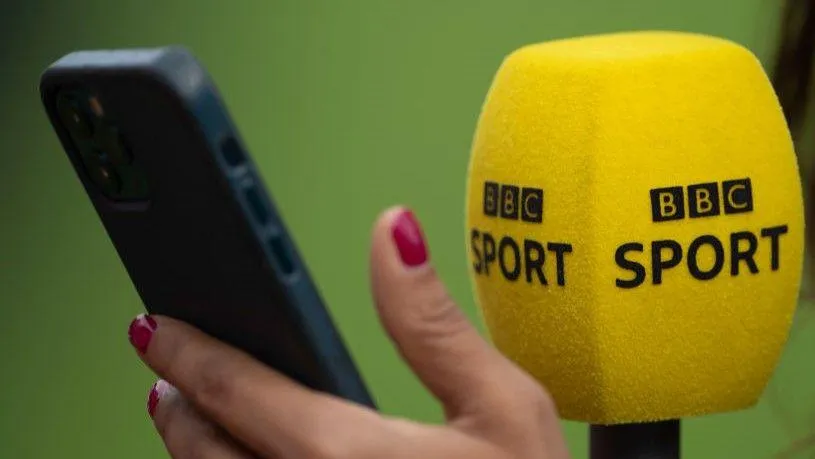
News





 Dean Barnett
Dean Barnett

 Dean Barnett
Dean Barnett

 By Dean Barnett
•
17 Sep 2025
By Dean Barnett
•
17 Sep 2025


 By Dean Barnett
•
16 Sep 2025
By Dean Barnett
•
16 Sep 2025

 By Dean Barnett
•
16 Sep 2025
By Dean Barnett
•
16 Sep 2025

 By Dean Barnett
•
16 Sep 2025
By Dean Barnett
•
16 Sep 2025

 By Dean Barnett
•
16 Sep 2025
By Dean Barnett
•
16 Sep 2025


 By Dean Barnett
•
16 Sep 2025
By Dean Barnett
•
16 Sep 2025

 By Dean Barnett
•
16 Sep 2025
By Dean Barnett
•
16 Sep 2025

 By Dean Barnett
•
16 Sep 2025
By Dean Barnett
•
16 Sep 2025

 By Dean Barnett
•
16 Sep 2025
By Dean Barnett
•
16 Sep 2025

 By Dean Barnett
•
16 Sep 2025
By Dean Barnett
•
16 Sep 2025
 News
News
 News
News
 News
News
 News
News


 Dean Barnett
Dean Barnett

 Dean Barnett
Dean Barnett

 Dean Barnett
Dean Barnett

